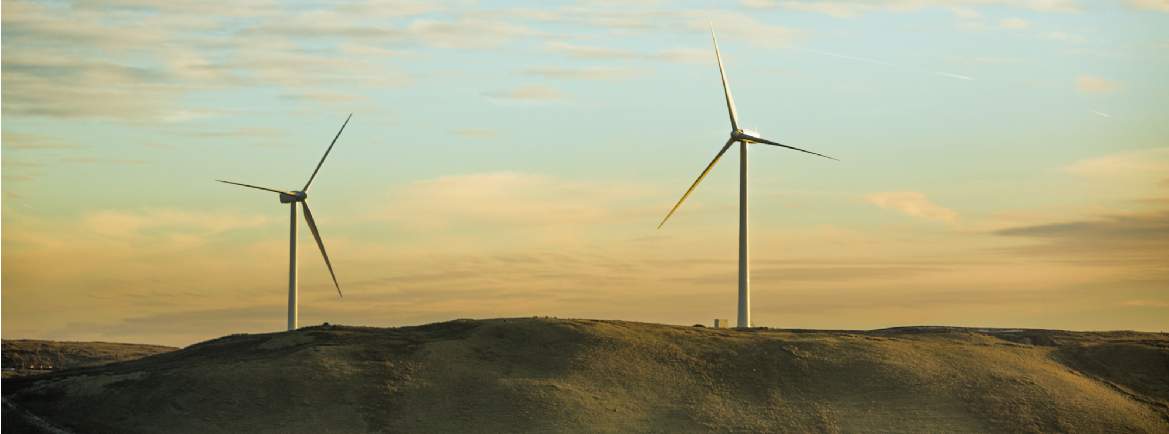Scotland has been recognised as a world leader in tackling climate change following Nicola Sturgeon’s announcement in 2019 that the country aims to be net zero by 2045. Since then there has been a strong focus on how Scottish land can be utilised to help achieve this target. Scotland is aiming to produce 50 per cent of all its energy from renewable sources by 2030, highlighting the importance of the rural sector in delivering this.
Forward-looking, responsible land owners and new purchasers (corporate, community and private) are becoming part of the sustainable revolution by undertaking carbon offsetting, peatland restoration and woodland creation schemes, as well as green energy projects including solar, wind and hydro.
But when purchasing land in Scotland should you be considering opportunities to incorporate renewable energy schemes?
Economy of scale is an important consideration. With the removal of subsidy support such as the Feed-in Tariff in 2019, the economic case for small or medium projects is challenged. Low carbon schemes going forward will either need to stack up on wholesale pricing, or secure a government Contract for Difference which is a reverse auction and therefore likely to be won by the lowest cost schemes. The implication of this is that bigger schemes with a lower unit cost of generation will prevail.
For example, a reasonably large solar scheme 10 years ago would be 30 acres. Today, Savills Energy team is working with developers on solar schemes targeting 1,000 acres. Schemes at this scale are yet to be pursued in Scotland primarily due to the higher cost of being connected to the transmission grid. Wind turbines are a similar story, although not quite as dramatic, with large turbines 10 years ago being c2MW, whereas today developers are expecting to build turbines with an output of 4-6MW.
However, when buying land it is necessary to realise that large-scale renewable schemes are primarily driven by where you can connect to the electricity grid and not necessarily where the best sites are.
Where smaller schemes do make economic sense is where the power generated can be used on site or sold directly to the user. Rooftop solar installations are booming. The same could be true of small-scale wind, but the planning process is more arduous and the equipment has a higher maintenance commitment. When considering onsite generation, it will nearly always make best financial sense to insulate first and then consider what power can be generated.
A third option is to invest in an already operating scheme. Many Scottish rural estates and farms have successfully developed their own renewable energy projects. Hydro in particular captured the interest of estates which prior to the arrival of mains electricity would have been powered in that way. These offer long-term, inflation-linked returns which provide a healthy cash flow to a low-yielding land holding and can help insulate against volatile energy prices.
It is clear that the key to achieving Scotland’s 2030 renewable energy goal is not only to deploy green energy but also to provide the necessary supporting grid infrastructure so that we can tap into this resource in rural locations.
When purchasing rural property in Scotland, it should be of both personal and monetary interest to consider the benefits of renewable projects and the opportunities presented by such investments.
Savills recognises real estate is responsible for 40 per cent of carbon emissions and, to coincide with COP26, it is launching its latest research examining how the sector is adapting to meet climate change challenges. Savills is committed to achieving net zero carbon in its operation by 2030. Through Savills Earth it brings together the expertise of more than 100 specialists to support and advise clients on their sustainability, energy and carbon strategies. Visit Savills Earth to find out more.
Further information
Contact Emma Dalglish. Emma is part of the Young Leaders Development Programme which aims to equip young people in Scotland with the skills to tackle climate change.
Savills Energy & Sustainability

.jpg)







.jpg)
.jpg)